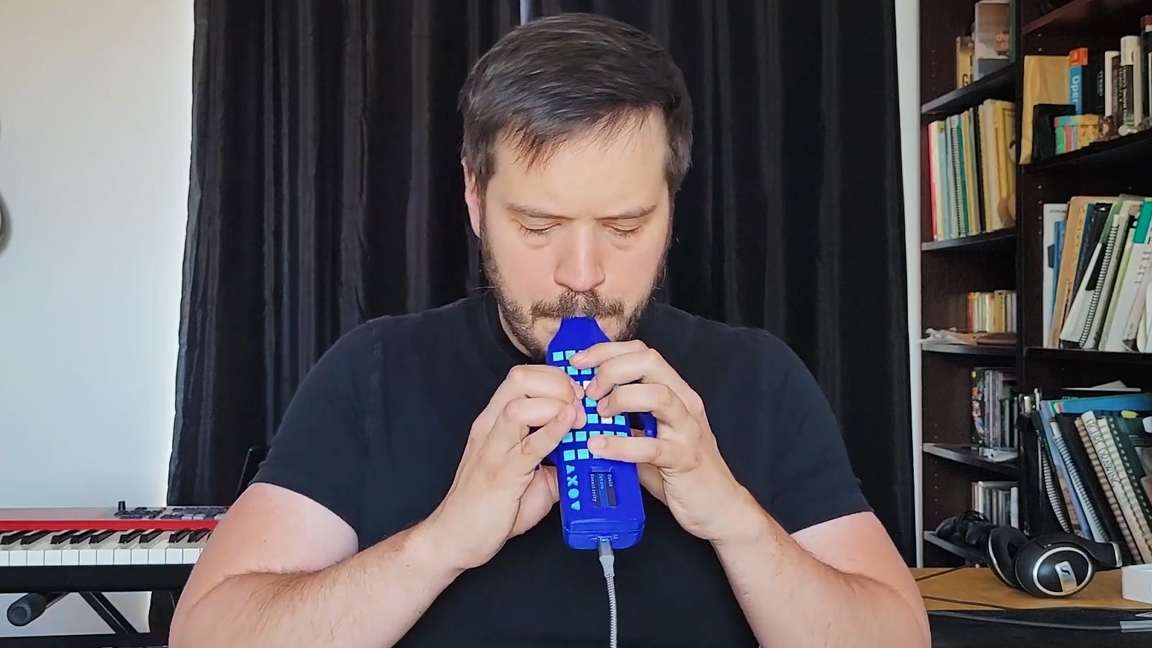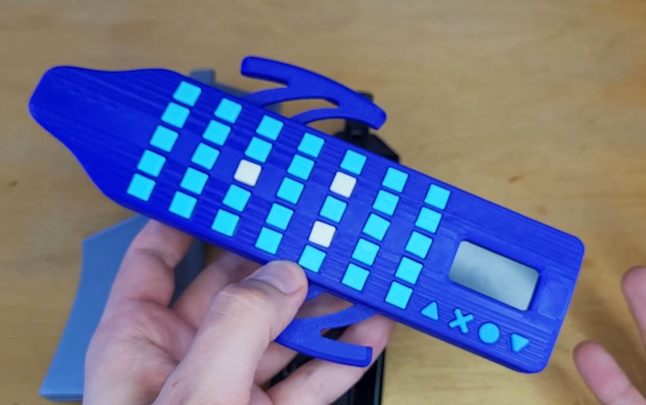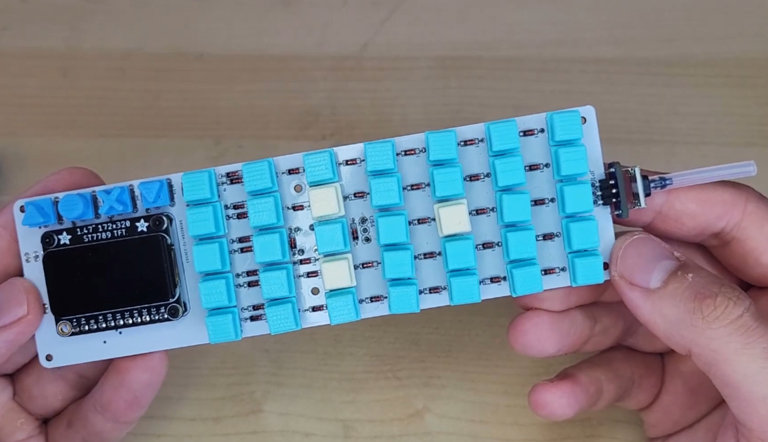
Music is deeply intertwined with math, and microelectronics is inherently mathematical, so it’s no surprise to find projects like this impressive Arduino-powered MIDI instrument. Unlike most other electronic instruments, this one is sure to take your breath away as it requires the player to control it using the power of their breath. It was designed and created by a maker named Xavier Dumont who made the project totally open source for anyone interested in creating their own.
Dumont has dubbed the project MIDILodica. It’s housed inside a custom 3D-printed shell and features a custom PCB to support the buttons and LCD screen. You can find details about how it works as well as all of the 3D printable files in the official GitHub repository.


The MIDILodica boots with a custom splash screen before loading a user interface. Users can pick from options in the main menu that impact how the instrument performs. Certain settings will change the effect of what blowing harder or softer does. For example, some settings will change the pitch while others will impact the volume of the output. You can also customize the buttons on the instrument, as well, and there are plenty to customize.
The main board used to drive this project is an Arduino Micro. It’s soldered to Dumont’s custom PCB, which has support for an Adafruit 320 x 172px TFT display, 40 tactile switches, a pressure sensor and even an SEN-08680 membrane potentiometer. This allows for an additional level of control that operates changes based on where your finger is located on the sensor. You can find a full list of part requirements on the GitHub page along with the PCB Gerber files.
The software for the MIDILodicawas created by Dumont just for the project. It includes the interface as well as all of the cool effects you can play with when adjusting the settings. If you want to get a close look at the source code, again, check out the official MIDILodica GitHub repository where Dumont shares everything you need to get started. If you’re looking for more inspirational microelectronics projects, you should visit our list of Raspberry Pi projects, which includes tons of cool creations from makers around the world.







